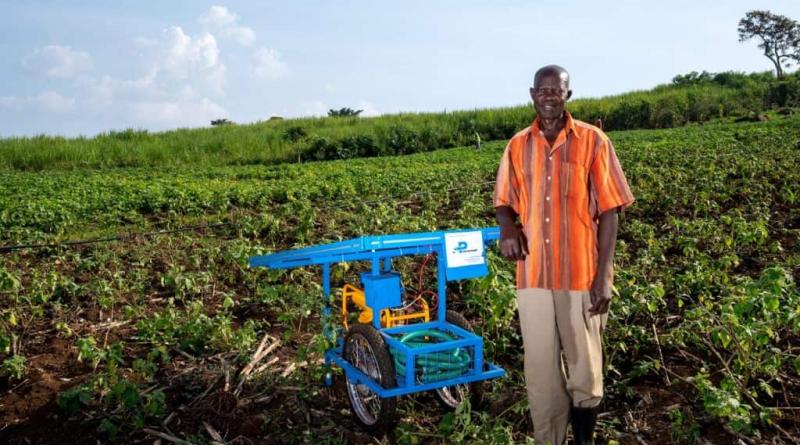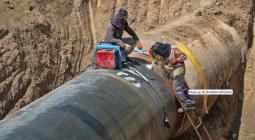Right now Productive Use of Energy, known as PUE to rural electrification practitioners, has governments, development banks, power utilities and renewable energy companies talking about ‘the missing link’ in rural electrification. The quest to provide electricity access in rural Africa has brought about a stark realisation, that the supply of electricity is not enough to achieve real impact from electrification, that is the economic activity and social development that governments pursue under SDG-7.
Electricity supply is an enabler, but somebody needs to foster an environment in which that electricity is being used productively. That somebody has until now been the donors, the government agencies and a host of not-for-profit actors experimenting with various approaches to try and get farmers and village businesses to add value to their goods and services, using newly accessible electricity. Their measures have included studying the local industrial potential, offering grants and concessional finance, funding and distributing agricultural hardware, training the community on how to use the hardware and how to set up a business around it, and whole host of sensitisation, awareness, outreach, monitoring and learning activities along the way.
With this way of doing things, scalable approaches have not been found. There is not enough donor and government funding available for providing electricity supply across Africa, without attracting a lot more private investment. Nor will it be possible to support the hundreds of millions of new electricity consumers to buy productive use equipment to advance their businesses and livelihoods, if PUE approaches continue to follow an experimental, over-subsidised, top-down and non-commercial methodology.
The level of funding committed to PUE is gradually increasing with not only donors and development banks, but recently also private sector foundations realising the importance of, for instance, agricultural value addition in rural Africa, which is a big subset of the PUE landscape. The question is how to ensure that
- a) the finance is not limited to donor grants alone which would be inadequate,
- b) the money goes towards PUE equipment which the rural communities actually need, and
- c) private sector resources are fully utilised so as to reach all the way into off-grid regions, without being limited to the footprint of the donors.
Taking a lesson from agricultural value chain analysis, the supply of electrical processing equipment into rural production zones cannot pre-empt an assessment of whether there is actually sufficient demand for all the resulting additional produce, from a larger market. A heavy focus on quickly disseminating particular PUE equipment from the finance sector, without catering to real SMEs’ habits and demands, is a dangerous trend.
Out of these challenges and realisations, a newly PUE private sector is emerging which needs to be understood and carefully fostered. Parts of Africa are starting to see specialised private companies focusing on disseminating the kinds of products and services that rural communities demand when they receive access to electricity. There is now, a much stronger opportunity to get PUE equipment into rural areas, to see this equipment paid off and well used, and to ensure that value-added rural produce reaches a larger market.
GET.transform has analysed the changing nature of the PUE landscape, looking at the innovations and models emerging in the market as well as the challenges hindering the deployment of large-scale PUE promotion, especially in off-grid areas. With the private sector defining innovative new approaches and donors and governments developing models to shift PUE promotion from experimentation to scaling, a kind of PUE 2.0 era is taking shape.
The resulting paper describes the opportunity of seeing PUE as a framework to address the needs of the rural industries. These industries are made up of the agricultural producers, the farming and processing actors, the supporting goods and services in the production zones, the hardware suppliers that bring equipment, the energy service companies that supply power, the ICT service providers connecting buyers and sellers, the commercial lenders and (impact) investors facilitating the flow of finance. This results in hundreds of different examples of ‘productive use of energy’ (in the lower case) taking place in and around a newly electrified village. The flexibility required from PUE strategies is immense and constantly evolving as new business practices develop. Only by creating more space for private sector activity with a strong local focus, will PUE approaches become beneficial and scalable.






